En producción industrial, Proteger y mantener el equipo térmico de alta temperatura es crucial. Varios materiales refractarios, Especialmente materiales de embestida, jugar un papel clave. Los materiales de embromado de diferentes materiales tienen sus propias características únicas y rangos de aplicación y pueden satisfacer las necesidades de diferentes hornos industriales.. Este artículo introducirá cinco materiales diferentes de materiales de embria., y comprendamos sus características y campos de aplicación.
Cinco tipos de materiales de embrujos
Masa de embrollo de carbono
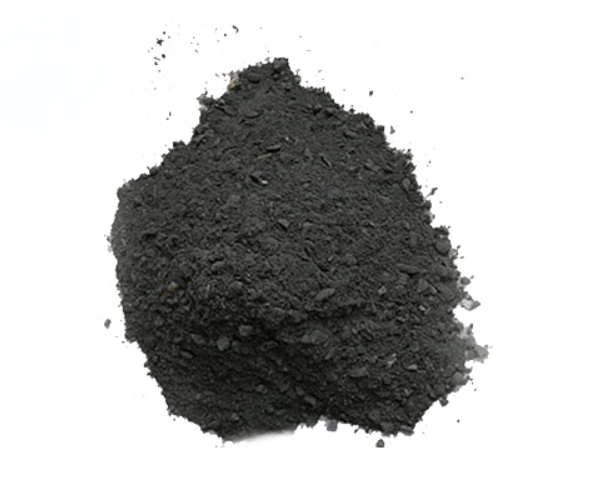
De acuerdo con diferentes tipos de alto horno y diferentes requisitos de diseño de materiales, Los materiales de embromado de carbono se utilizan principalmente en los espacios entre los ladrillos de carbono de fondo del alto horno de ala de ala, la placa de sellado de fondo entre los ladrillos de carbono del hogar y el teñido de enfriamiento, y la nivelación sobre la línea central del tubo de refrigeración por agua del horno y el llenado del estorso de enfriamiento requieren que el material de embromado de carbono después de la embriague tenga cierta resistencia y densidad, llenar cada esquina y pequeños huecos para lograr la impermeabilidad. Los requisitos para la fuga de hierro y gas fundido, y la conductividad térmica del material de embriaaje de carbono debe ser consistente con el rendimiento de los ladrillos de carbono caliente y las manchas de enfriamiento del alto horno, para no afectar la vida del alto horno y mantener la producción normal del alto horno.
Actualmente, Un problema común encontrado en el uso de materiales de embromado de carbono es que la conductividad térmica de los materiales generales de embriaaje de carbono es baja, que no es propicio para el enfriamiento rápido del cuerpo del alto horno, afectando así la vida útil. Por lo tanto, La investigación actualizada y la aplicación de materiales de embromado de carbono con altos coeficientes térmicos tienen excelentes perspectivas de mercado. Si agregando aditivos al material de embromado de carbono, Cambiar las propiedades del material a través de reacciones in situ a altas temperaturas, o cambiar la estructura de uso del material local desde una perspectiva de diseño, La capa de material de embromado de carbono puede alcanzar el mismo nivel que el material de embromado de carbono cuando aumenta la temperatura de trabajo. La conductividad térmica de los ladrillos y las estavas de enfriamiento coincide para garantizar la conducción de calor normal sin dañar la estructura de construcción general, logrando así el requisito de mejorar la vida útil del alto horno.
Masa de marco de sílice
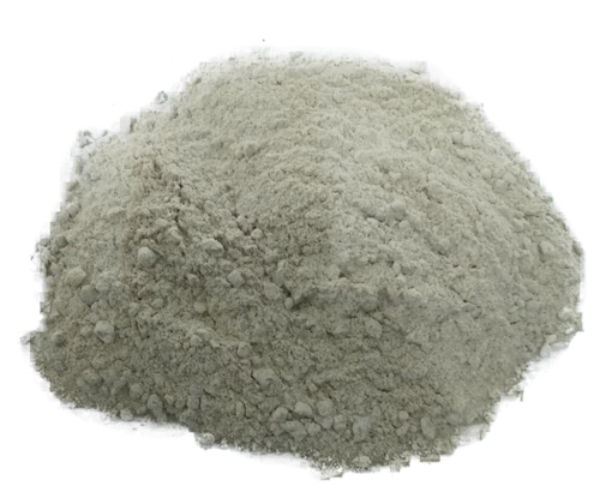
La principal materia prima de material de marco de sílice es sílice. La sílice es el nombre general para el cuarzo de venas, cuarcita, y arenisca de cuarzo. Utilizado principalmente en ladrillos refractarios ácidos para la industria metalúrgica. La sílice pura se puede hacer en vidrio de cuarzo o silicio de cristal único refinado. En la industria química, se usa para preparar compuestos de silicio y silicatos, y también se puede usar como relleno de torres de ácido sulfúrico. En la industria de los materiales de construcción, se usa en vidrio, cerámica, Cemento de Portland, etc..
Misa de embrollo de corundum
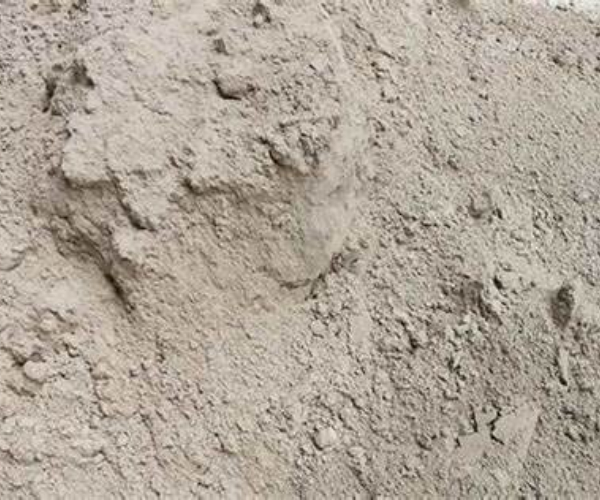
Material de embromado de corundum es un material a granel hecho de corundum, carburo de silicio, grafito, y antracita calcinada eléctricamente como materias primas, mezclado con una variedad de aditivos de polvo ultrafino, y cemento fusionado o resina compuesta como agente de unión. Se utiliza para llenar el vacío entre el equipo de enfriamiento del horno y la mampostería o el material de llenado para la capa de nivelación de mampostería.
Masa de revestimiento de magnesio
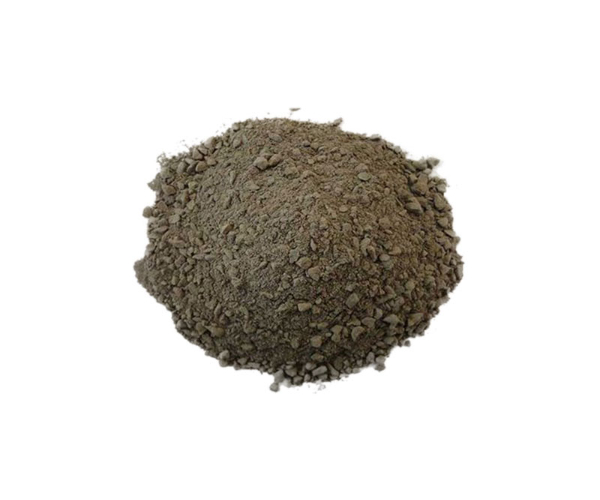
Material de revestimiento de magnesia es un material a granel hecho de magnesia fusionada como materia prima, Mezclado con una variedad de aditivos de polvo ultra fino, y cemento fusionado o resina compuesta como agente de unión. Se utiliza para llenar el vacío entre el equipo de enfriamiento del horno y la mampostería o el material de llenado para la capa de nivelación de mampostería.
Masa de embrimientos de horno de frecuencia media
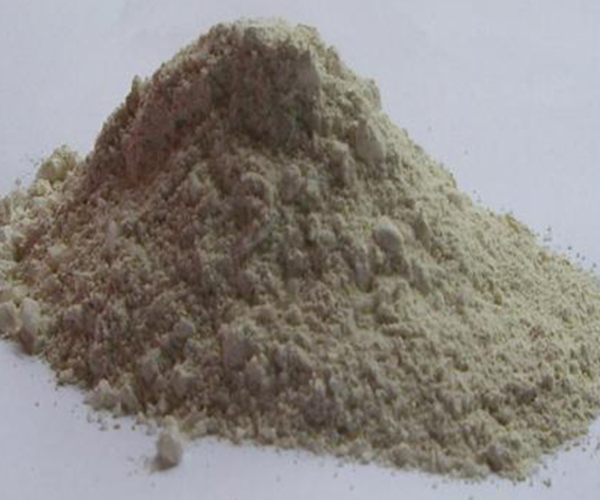
El horno de inducción de frecuencia media tiene una bobina de inducción hecha de tubos de cobre enrollados alrededor del exterior del horno. La carga de metal se coloca en el horno. Cuando la corriente alterna pasa a través de la bobina de inducción, Se genera un flujo magnético alterno en la bobina. A través de la carga de metal cerrado, La carga del horno se genera una corriente inducida dentro de una cierta profundidad en la superficie, haciendo que la carga se caliente y se derrita. El revestimiento del horno está hecho de materiales refractarios, que requieren una buena resistencia a la corrosión, resistencia a la pelea, Sin grietas, y una larga vida de servicio. El material utilizado en el horno de frecuencia intermedia es el material de embrimientos del horno de frecuencia intermedia, y sus principales indicadores de rendimiento son.
 Grupo Rongsheng
Grupo Rongsheng

WeChat
Escanea el código QR con wechat